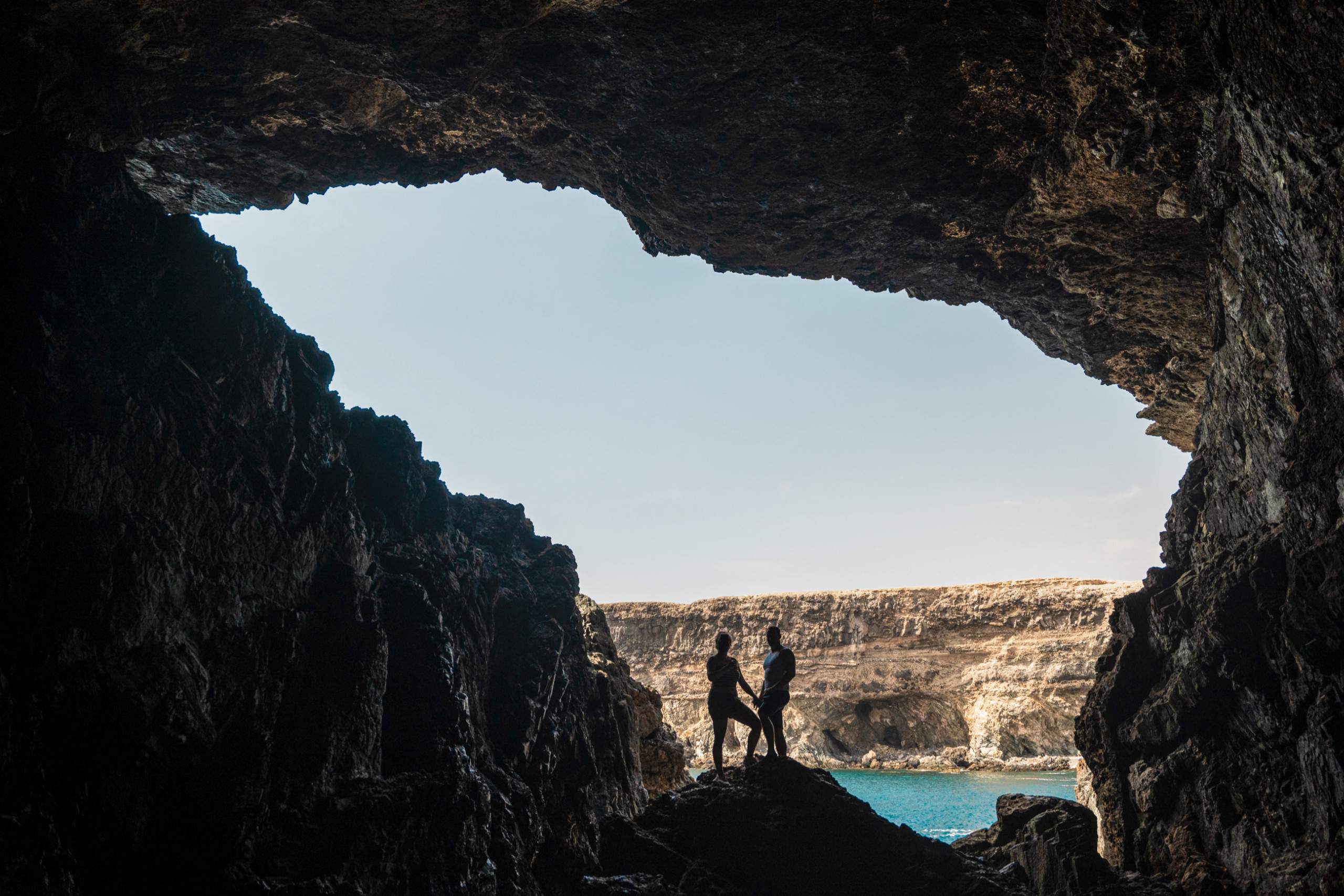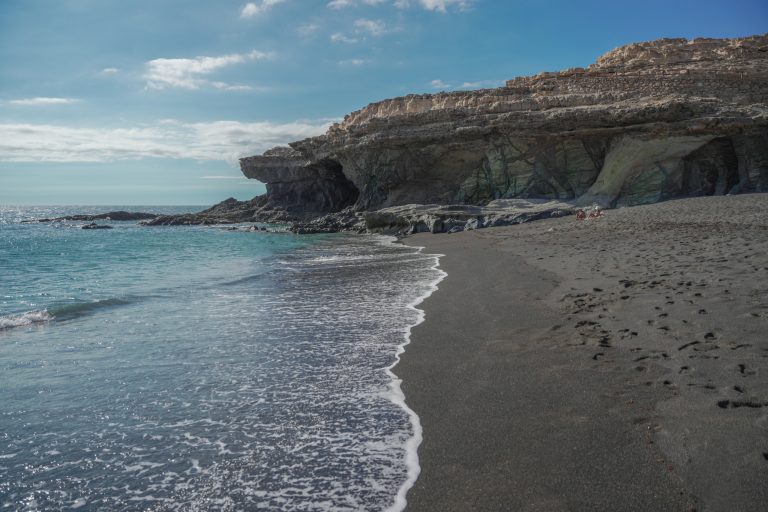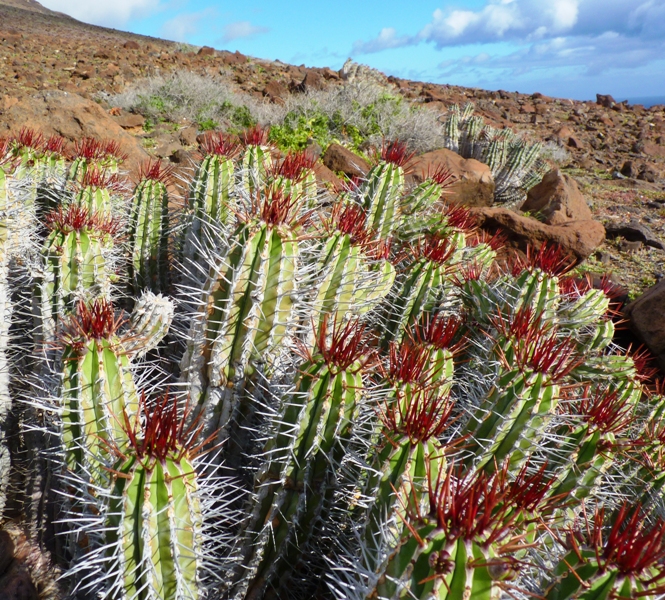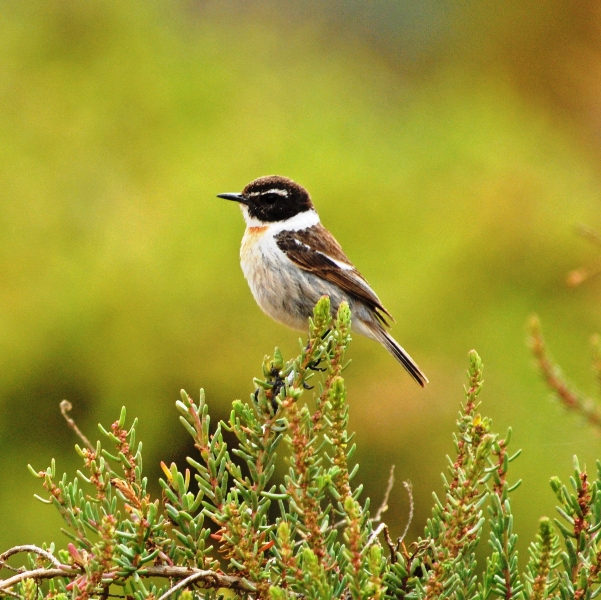The municipality of Jandía has the greatest biodiversity of all the Canary Islands, so much so that much of the flora of this peninsula is unique in the world, such as the “Cardón de Jandía”.
Here are also the oldest rocks in the Canary Islands, which cohabited with the dinosaurs.




